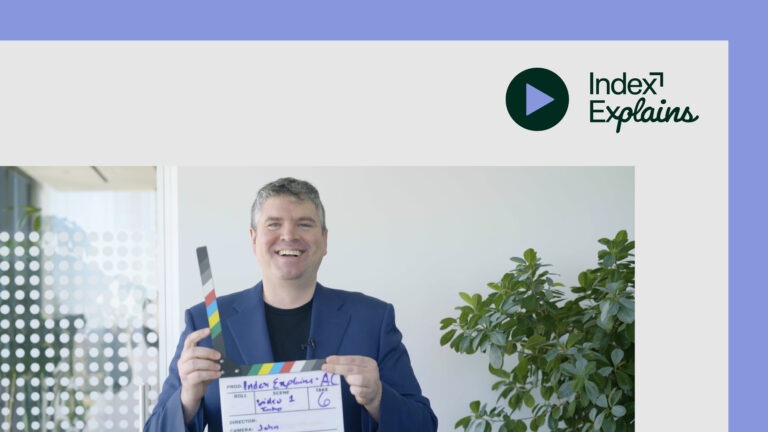How programmatic guaranteed deals work
Programmatic guaranteed (PG) deals are negotiated between a single media owner and buyer for an exact volume of impressions at a fixed price. This gives media owners certainty over ad spend—they can expect and can plan around a set budget being directed their way. It also gives the buyer certainty over delivery—rather than bidding in an auction hoping to win will have assured delivery on all impressions.
PG deals are similar to the annual upfront process in traditional TV, where media buyers negotiate deals with networks and commit to a set campaign budget for specific programming in that network’s lineup for the upcoming year. In addition to executing upfront buys programmatically, media owners and buyers can also use PG deals to execute any guaranteed campaign at any time.
Negotiating a programmatic guaranteed deal
Let’s take a closer look at how PG deals are negotiated and built. Before anything else, a buyer will work directly with a media owner to lay out their desired parameters for the deal.
Beyond the set rates and impressions, PG deals can be negotiated on several additional terms including:
- Dayparting, for example, running ads only during primetime
- Exclusivity for certain content, like a series launch
- Audience, for example adults aged 25–54
- Content object signals, such as genre, network, channel, series, or episode
Once all of the deal terms are identified, the media owner will forecast based on those parameters and determine what inventory it can reserve in the ad server to fulfill the deal. The buyer will then know exactly how many impressions are guaranteed and at what cost.
Executing a programmatic guaranteed deal
Now that the media owner and buyer have agreed to the structure of the deal, let’s dive into how PG deals are executed through a programmatic exchange.
- First, the media owner creates a PG deal ID with its SSP. It can also be synced with the buyer’s DSP.
- Once the deal is created, the media owner’s SSP can create a VAST tag connected to the deal ID associated to this PG deal for the media owner to traffic in its ad server.
- When there’s an eligible impression opportunity, the ad server tag calls the SSP’s VAST tag connected to this specific deal ID.
- It’s important to remember that the buyer must have priority in the auction path, such that they’re not competing with any other buyers for the opportunity. To convey that in the bid request, the SSP will pass 100% of eligible inventory that has the matching PG deal ID to the DSP with a guaranteed extension of 1.
- The DSP then knows to bid on 100% of the bid requests associated with the deal ID.
- The deal ID will automatically win the impression if the DSP bids with the parameters of the deal ID. This effectively guarantees that the DSP’s bids will win 100% of the time, and the SSP will pass 100% of these bids to the media owner’s ad server.
- Finally, the ad server will deliver that PG impression.
The SSP and the media owner can then confirm the pacing and delivery of the PG budget in full. However, it is the media owner’s ad server that controls campaign pacing and delivery.
Guaranteed commitments in streaming TV
Guaranteed commitments have long been a popular buying style in traditional TV, accounting for the lion’s share of ad spend. Programmatic guaranteed extends the same paradigm into streaming TV, allowing media owners and buyers to also benefit from the efficiency, control, and flexibility of programmatic and automation.
Buyers benefit from having a higher priority in the media owner’s ad server, and can trust that their campaigns will deliver in full to reach their desired audience. And media owners benefit from the assurance that guaranteed commitments provide, so they can better forecast revenue.
Best of all, both parties benefit from platforms automating the vast majority of the process, removing friction from an otherwise complicated transaction type.
Learn more about the streaming TV opportunity.
Thank you to Chelsea Donovan and Gio Tricarico, who also contributed to this video.








